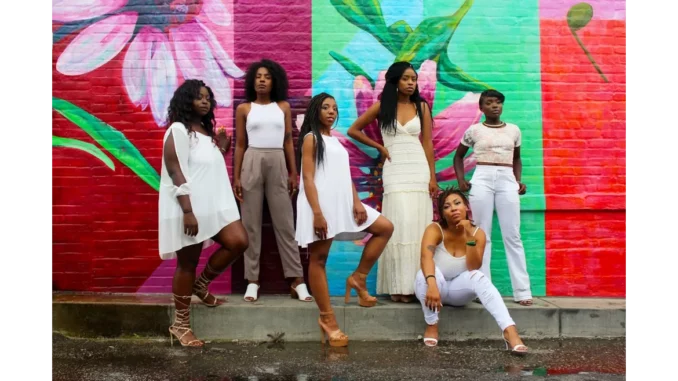
Design Rebellion: Transforming Spaces by Breaking Interior Design Rules
In the world of interior design, rules often define the boundaries of style and function. Yet, the most captivating spaces are born from a bold departure from these conventions. Embracing a spirit of rebellion allows for the creation of interiors that reflect individuality and imagination. Here, we delve into how breaking some of the most steadfast design rules can transform your living spaces into a canvas of personal expression.
Art at Eye Level: Rethinking Traditional Placement
A common dictum in interior design is that art should be hung at eye level, ensuring easy visibility. However, defying this norm can breathe new life into your décor. Imagine art leaning nonchalantly against a wall, perched on a shelf, or even placed directly on the floor. This unconventional approach not only introduces a relaxed, layered aesthetic but also offers flexibility in how pieces are displayed. By varying the heights at which art is presented, you invite the eye on a journey across the room, encouraging an exploration of the space’s nuances.
Formal Spaces Reimagined: Infusing Casual Comfort
The traditional elegance of formal spaces often demands a certain restraint. Yet, by weaving in elements of casual comfort, these areas can become both sophisticated and welcoming. Consider integrating a plush throw or vibrant artwork amidst formal furniture. This harmonious blend not only enhances livability but also extends a warm invitation to guests, making them feel at ease. It’s a subtle rebellion, transforming reserved spaces into lively, approachable environments.
Pattern Clashing: Crafting a Symphony of Designs
For many, the fear of clashing patterns stifles creative experimentation. However, when orchestrated with skill, a medley of patterns can result in a cohesive and spirited space. The secret lies in discovering a unifying theme—be it colour or scale—that threads the patterns together. Envision a room where a striped rug mingles with floral curtains, unified by a shared colour palette. Balance these bold patterns with solid hues to maintain harmony and prevent visual chaos.
Mixing Wood Finishes: Adding Depth and Character
The practice of matching wood finishes has long been a staple in design, believed to foster cohesiveness. Yet, a blend of wood tones can enrich a space with depth and character. The key is aligning the wood finishes with similar undertones, whether warm or cool, to ensure they complement rather than clash. Introduce a variety of textures, such as pairing a smooth wooden table with a rustic chair, to create a visually engaging and dynamic environment.
Ceilings as Canvases: Beyond the White Norm
For years, white ceilings have been the default, thought to enlarge and brighten spaces. However, treating the ceiling as an artistic canvas opens up a realm of possibilities. Consider bold colours or even wallpaper to transform the ceiling into a striking focal point. For subtler elegance, paint the ceiling a shade lighter or darker than the walls, adding a layer of depth and cohesion. This technique enhances the overall design, imbuing the space with intentionality and flair.
Eclectic Styles: The Art of Blending Designs
Sticking to a singular design style has long been the norm, promising unity and coherence. Yet, the fusion of different styles can cultivate a rich and eclectic narrative within a space. By juxtaposing modern and vintage elements, you create a tapestry that tells a story. Look for unifying elements, such as texture or colour, to seamlessly tie diverse styles together, allowing for a creative and flexible design approach that adds layers and complexity.
Mixing Metals: Crafting a Harmonious Medley
Once deemed a design faux pas, mixing metals can now add a layer of sophistication and depth to any room. The art lies in harmonising the metals’ tones or finishes, whether matte or polished, to ensure they complement rather than compete. Use one metal as the primary focus, with others as accents, to strike a balance that feels intentional and refined.
In the realm of interior design, rules serve as useful guides, but they are not imperatives. By thoughtfully challenging these conventions, you can create innovative and personalised spaces that resonate with your unique style. Embrace your inner design rebel, and let your creativity redefine the boundaries of traditional design.


Be the first to comment